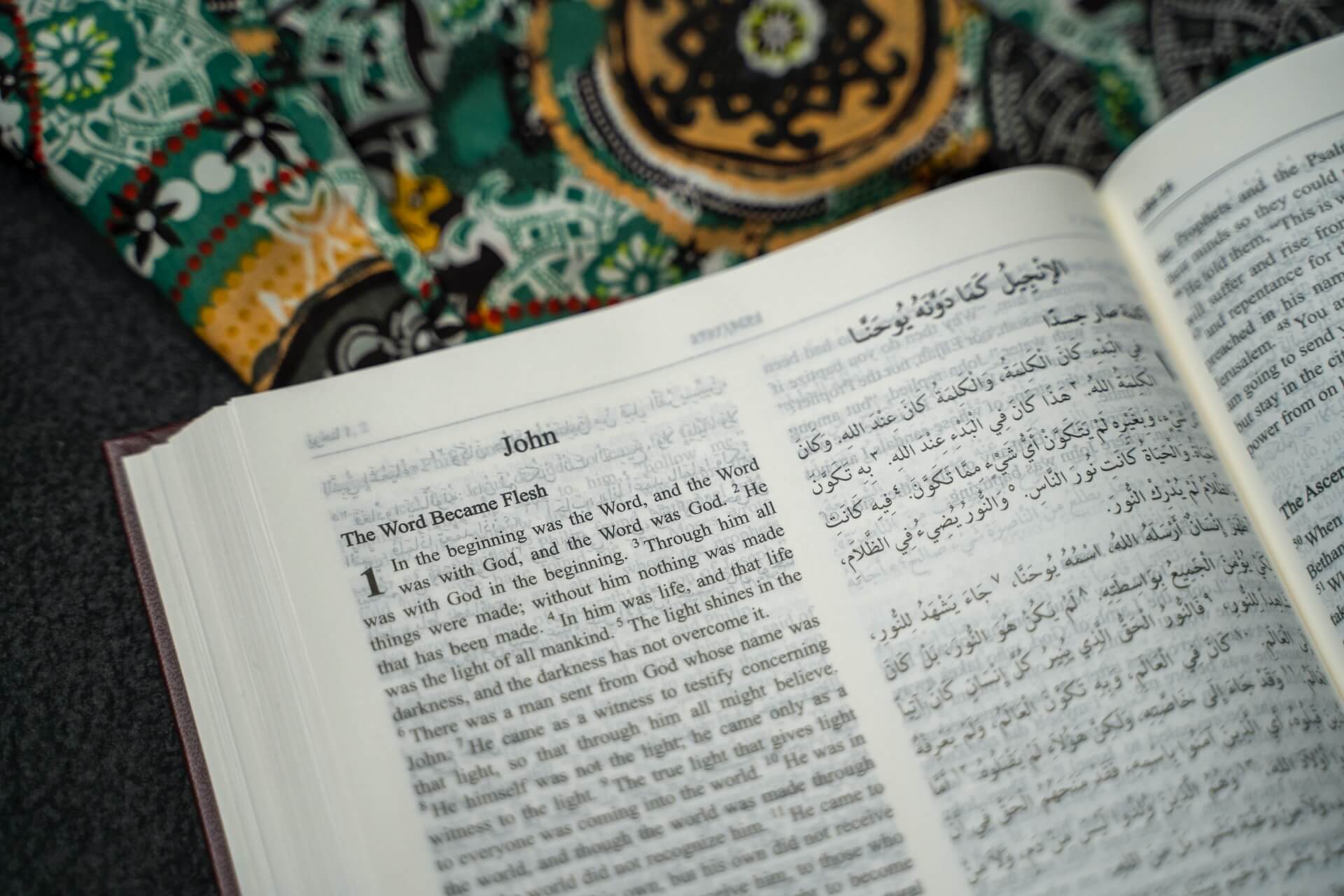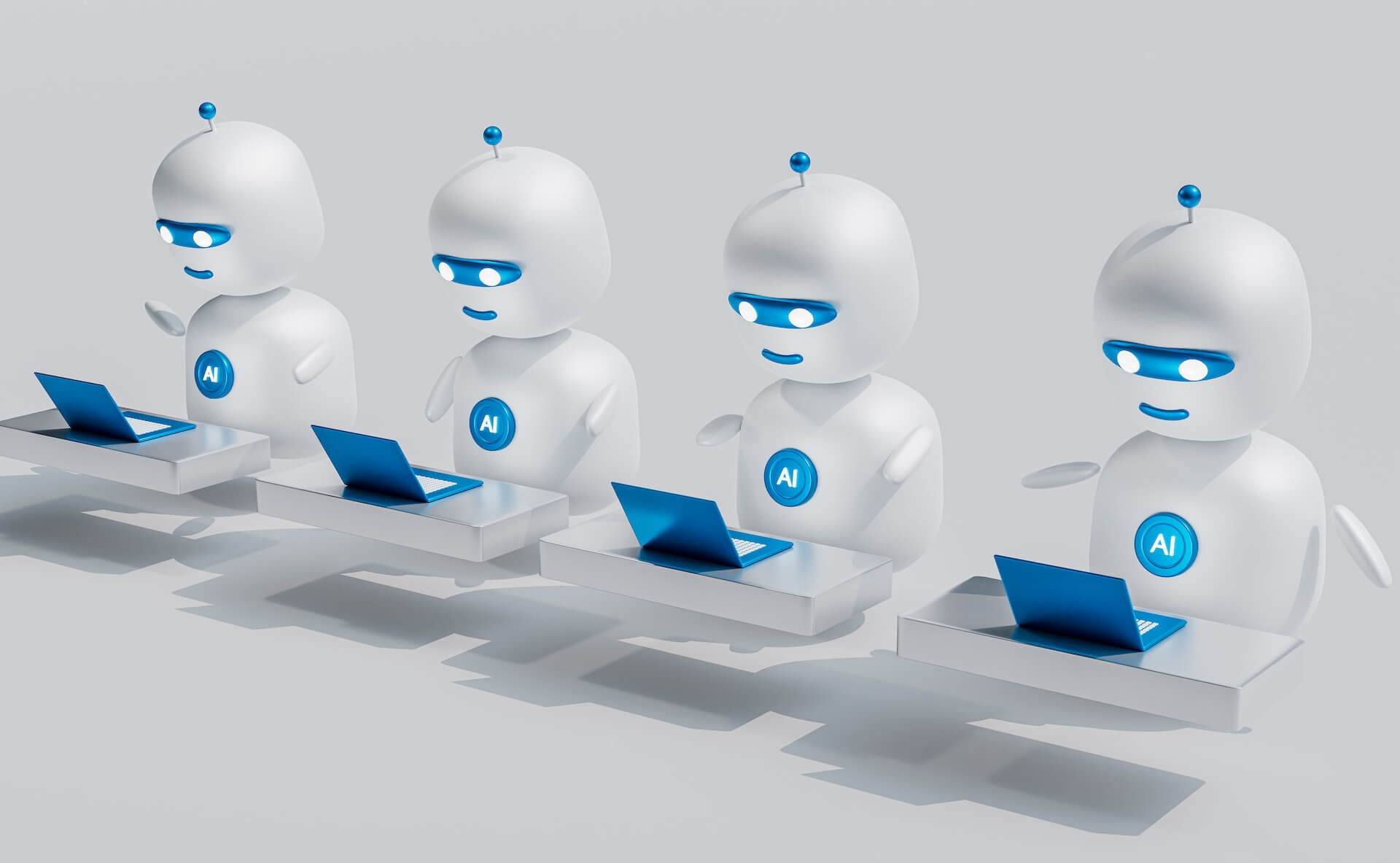Future of Language Translation: Bridging Global Communication

In a world that is becoming increasingly interconnected, language barriers continue to pose challenges for effective communication. As technology advances, so does the field of language translation. From traditional methods to cutting-edge AI-driven solutions, let’s explore how translators work and the exciting future of translation.
Understanding Language Translation
Language translation is the process of converting text or spoken content from one language into another while maintaining the intended meaning. Translators play a crucial role in bridging the gap between cultures and facilitating communication across borders.
Traditional Translation Methods
- Human Translators: Skilled linguists adept in multiple languages manually translate content. They consider nuances, idioms, and cultural context to ensure accurate communication.
- Dictionary and Reference Tools: Translators often use dictionaries, glossaries, and style guides to ensure consistency and precision.
- Computer-Assisted Translation (CAT) Tools: These tools aid human translators by storing translations, suggesting alternatives, and maintaining consistent terminology.
The Rise of Machine Translation
- Rule-Based Machine Translation (RBMT): Early machine translation used linguistic rules and dictionaries to translate text. While accurate, it often lacked naturalness.
- Statistical Machine Translation (SMT): SMT used statistical models to predict translations based on patterns in bilingual text data. It produced more fluent translations but still struggled with context.
- Neural Machine Translation (NMT): With the advent of neural networks, NMT revolutionized translation. It considers entire sentences and context, resulting in more coherent and contextually accurate translations.
The Role of Artificial Intelligence
- AI-Powered Translation Services: Modern translation platforms like Google Translate and DeepL leverage AI to provide instant translations. They learn from vast amounts of data to improve accuracy over time.
- Customizable AI Models: Businesses can now train AI models to understand industry-specific terminology, ensuring more accurate translations in specialized fields.
- Human-AI Collaboration: The future of translation lies in collaboration between humans and AI. While AI can provide quick translations, human linguists refine nuances and cultural aspects.
The Future of Translation
- Real-Time Multilingual Communication: Wearable devices and AI-driven apps may soon enable seamless multilingual conversations, breaking down language barriers on the spot.
- Cultural Adaptation: AI-driven translation will focus on capturing cultural context, idioms, and humor, making translations feel more natural and relatable.
- Preservation of Endangered Languages: Technology can play a vital role in preserving and revitalizing languages on the brink of extinction, ensuring cultural diversity.
- Enhanced Personalization: AI will tailor translations based on individual preferences, considering factors like tone, formality, and previous interactions.
Conclusion: Paving the Way for Global Connectivity
The evolution of translation from manual efforts to AI-driven solutions marks a significant advancement in global communication. As technology continues to shape the future, we can anticipate more accurate, natural, and culturally sensitive translations that break down barriers and foster understanding across the world. Whether in business, diplomacy, or personal interactions, the future of translation promises a world where language is no longer a barrier to meaningful communication.




